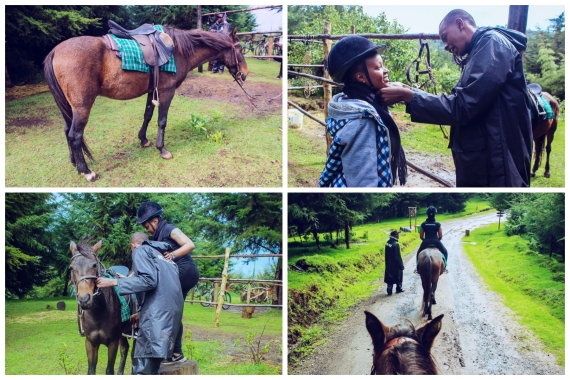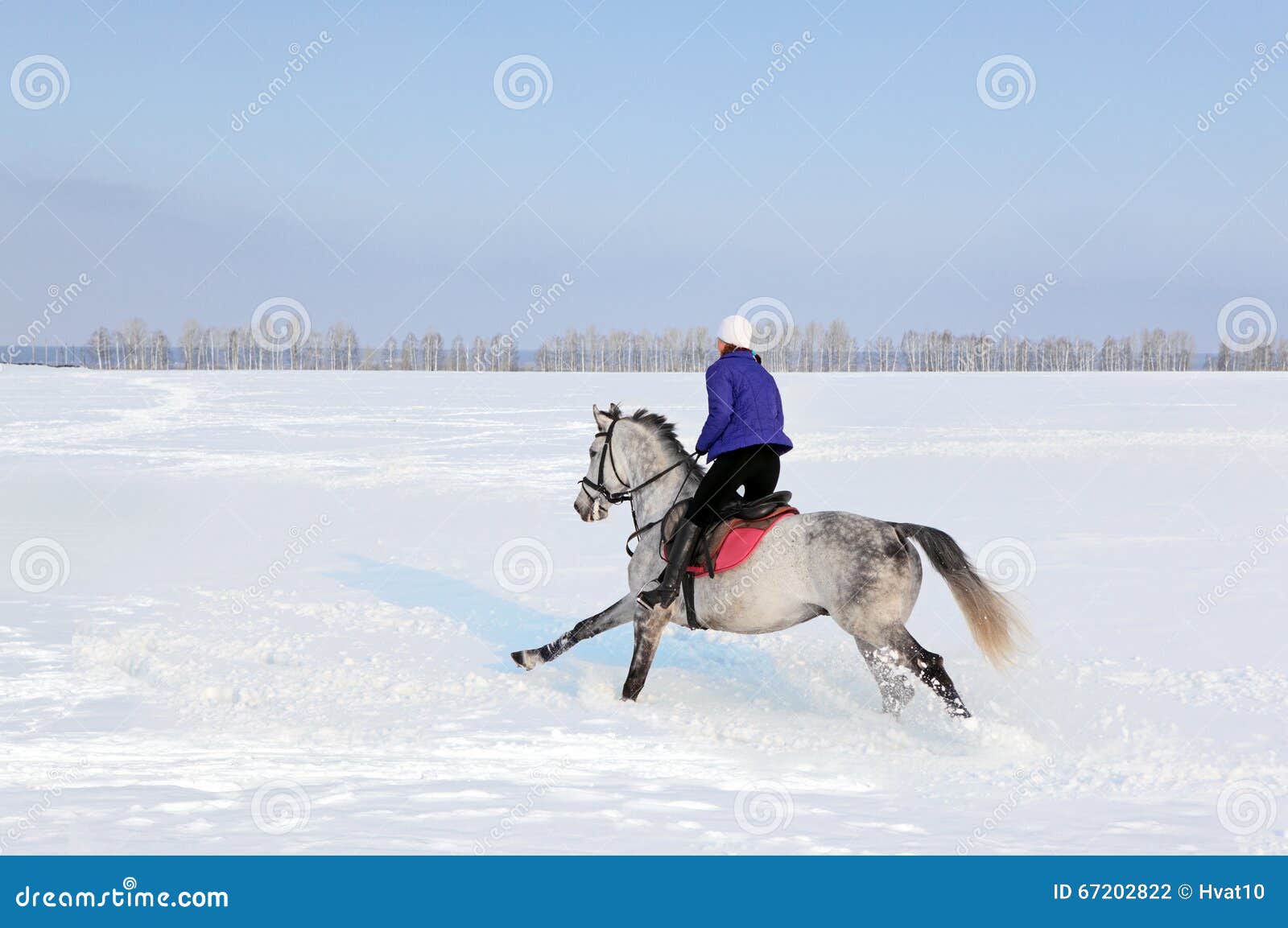

The horses in the yard are mainly from the stand of the 9th Massachusetts Battery.

Trostle Farm in the days after Gettysburg. Bandaging, cleaning injuries, feeding, and evaluating these battle scarred animals took weeks of time. Private Hezekiah Weeks, a 21-year-old blacksmith from a Union Maryland unit, joined others to look after these injured animals. Other animals found gentle human hands to tend their injuries and lead them to temporary veterinary pens in or near town where “horse doctors” looked after them. What happened to the injured horses and mules? Those with no chance of survival died on the field of battlefield, put out of their misery with a merciful shot to the head. However, not all the horses on the field at Gettysburg when the fighting ended and the armies retreated lay cold and still. Military accounts record an artillery shell tearing through tied horses at that headquarters during the barrage prior to the Pickett-Pettigrew-Trimble Charge, so there is plenty of evidence that the widow returned to a shocking sight and nauseating stench that she did not have the strength to permanently remove. Looking at photos of the Leister home taken shortly after the battle, a large heap of dirt is by the front fence, presumably covering a horse’s body. She waited two years for the flesh to rot away, then sold the bones which totaled about 750 pounds. Widow Lydia Leister – whose home had been taken over as General Meade’s headquarters during the battle – testified that seventeen dead horses stayed in her front yard. Not all the equestrian carcasses were burned or buried. Many civilians and soldiers remaining in the area remembered “the odor from the burning horse flesh… smell like an escape from a hateful charnal house.” Lydia Leister’s home – notice the large dirt mound this could be a buried horse Some eyewitnesses estimated 3,000 animals needed burial or burning and the work was done by soldiers of the provost guard, citizens, and Confederate prisoners. At Gettysburg, so many dead animals littered the landscape and so many fallen soldiers needed burial that the authorities decided to bury the dead soldiers and burn the animal corpses, hoping to dispose of the horses before disease spread. An average horse weighs about 1,000 pounds so the burial work was significantly difficult. On some battlefields, special burial details were assigned to the task – chopping off the lanky legs, then dragging or pushing the carcass to a burial hole, and covering it with soil.

In aftermath accounts of the shocking scenes at Gettysburg, dead horses and mules are frequently mentionedĭead horses and mules had to be disposed of. Shot down in battle or struck by artillery projectiles behind the fighting lines, these animals fell in staggering numbers. Coco estimated there were 43,303 horses and 21,844 mules for the Army of the Potomac alone at or near Gettysburg.

Generals, officers, and couriers used horses, too. Think about it: cannons, supply wagons, ambulances – all “horse-drawn.” The cavalry rode horses. What happened to the dead or wounded animals forced into military service during the Civil War?Īt Gettysburg, the dead and injured horses and mules covered the landscape – left unburied and untreated longer than the soldiers – but there actually was a system for caring for these animals and the aftermath of this July battle in Pennsylvania left examples. Human casualties had priority for care and burial, but aftermath photos are filled with examples of equestrian casualties. The aftermath days of Gettysburg – and other Civil War battles – presented horrifying scenes at field hospitals, burial trenches, and on the fighting ground. “Three miles before we got into town we could see the marks of Cavalry skirmishes, passed some dead horses which were slowly burning up.”


 0 kommentar(er)
0 kommentar(er)
